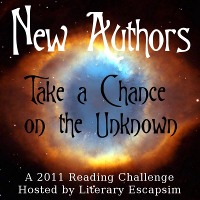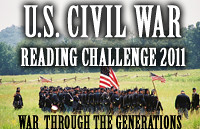
“Fitzwilliam and I rode out this early morning. We raced down to the river and I won, beating him by a good two lengths, at which I laughed and called him a sluggard. He was annoyed and challenged me to a race back to the house. I accepted the challenge and, once our horses were rested, we set off.” (page 3)
Initially, Wickham captures that jealousy at the behest of his mother to mold his charm and air of authority in an effort to better his station and prospects through his acquaintance with Darcy, his relatives, and his friends. However, once he and Darcy head off to Cambridge, things take a turn for the worse for Wickham. And while many of his problems are self-induced, tragedy does step in and become a catalyst for his downward spiral.
Grange has taken the character of Wickham, and while not making him sympathetic, helps readers understand his motivations and the role his parents and friends played in making him the man he becomes when readers meet him in Pride & Prejudice. However, there are gaps in the diary, some lasting several years, that are not elaborated on or talked about. What happens to Wickham and his family during those intervening years is unknown and not explored, which readers may find disheartening. Readers also could disagree with the picture Grange paints of Wickham — a man easily swayed into trouble by others.
Overall, Wickham’s Diary by Amanda Grange is an inside look at the possible motivations of the villain in Jane Austen’s Pride & Prejudice. Her George Wickham is a young man unhappy with his life station, but too lazy to change it and easily swayed down the easiest path — whether it is finding an heiress or having a good time while away at school. At just about 200 pages, the novel is a light read and the diary entries make it easy for readers to pick up and read for short intervals at a time.


 About the Author:
About the Author:





 About the Author:
About the Author:

 About the Author:
About the Author:
 About the Author: (from Rhemalda Publishing)
About the Author: (from Rhemalda Publishing)










